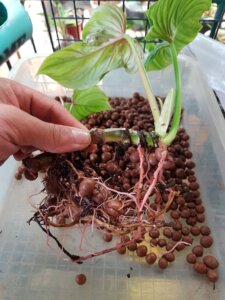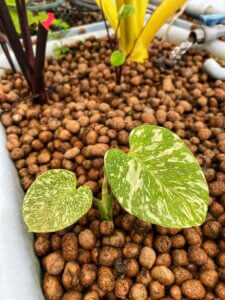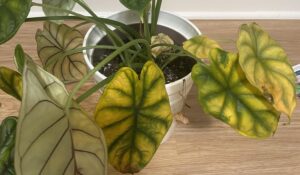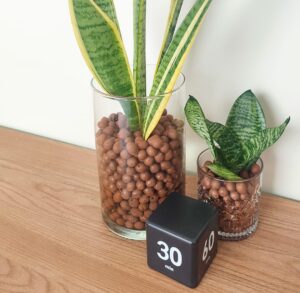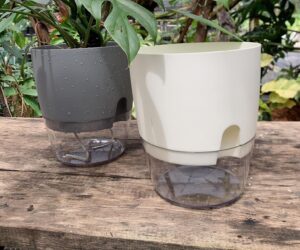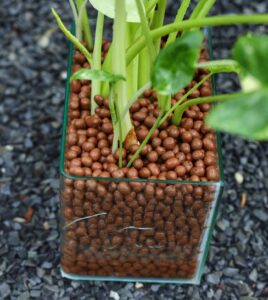Latest LECA-related articles
So, you’re a plant enthusiast, and you’ve heard the buzz about LECA. But what’s the real deal? Is it a game-changer or just another fad? In this article, we’ll break down the good, the bad, and the gritty about using LECA as a growing medium.
Navigating the world of semi-hydroponics and LECA (Lightweight Expanded Clay Aggregate) can be overwhelming due to conflicting advice.
However, it’s important to remember that everyone has different reasons for pursuing this method and varying living conditions and care habits.
What works for one person may not work for another.
The key to success in semi-hydroponics is not only about the plant but also about adapting the method to your lifestyle and environment.
Begin by grasping the fundamentals and selecting a strategy that suits you perfectly.
Summary
Quick Summary: LECA for Solid Plant Growth
What You’ll Learn:
- What is LECA: Lightweight Expanded Clay Aggregate, a growing medium for plants.
Pros:
- Fewer Pests: Sterile and bug-resistant.
- Easy Care: Almost eliminates overwatering.
- Low Maintenance: Less frequent watering and aeration.
- Reusable: Eco-friendly and can be used multiple times.
Cons:
- Initial Cost: More expensive upfront compared to soil.
- Setup Time: Needs rinsing and soaking before use.
- Limited Pot Choices: Requires specific, non-draining pots.
- Special Fertilizer: Hydroponic fertilizers are a must.
Personal Insights:
- My Experience: Why I chose semi-hydroponics and how it fits my lifestyle.
- Case Study: Transitioning a high-maintenance Anthurium to LECA.
Final Take:
- LECA isn’t a one-size-fits-all solution but offers a different, sometimes more efficient, approach to plant care.
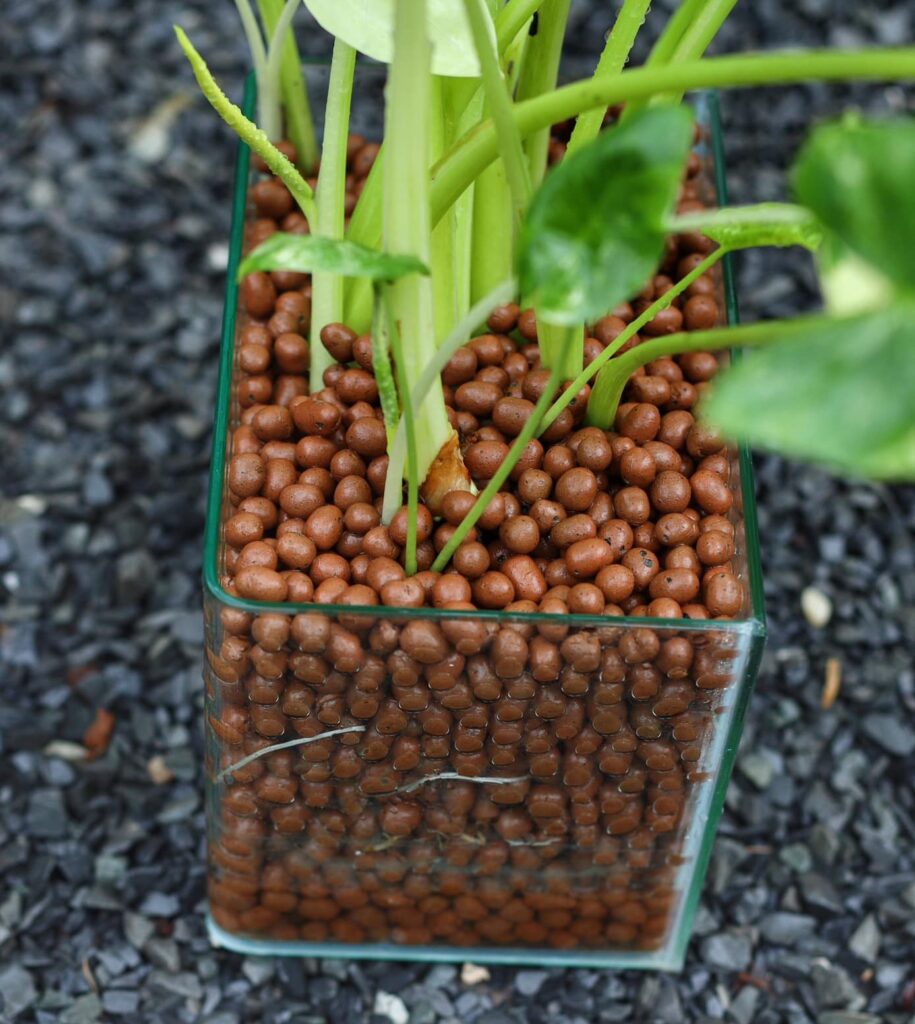
What is LECA?
LECA stands for Lightweight Expanded Clay Aggregate. Imagine heating clay until it pops like popcorn. What you get is a light, airy material that’s ideal for plant growth.
LECA offers several perks like fewer pests, simplified plant care, and less frequent maintenance.
But it’s not all roses; there are downsides like the initial cost, setup work, limited pot options, and the need for special fertilizers.
The Pros of using LECA
- Say Goodbye to Pests: LECA is sterile and doesn’t attract bugs, making it a pest-free zone. Plus, its porous nature makes it hard for pests to settle in.
- Simplified Plant Care: LECA is excellent at moisture control, making overwatering almost impossible. This takes a huge load off your shoulders, leaving you to focus on sunlight needs.
- Less Is More: With LECA, you don’t have to water or aerate as often, saving you time and effort in the long run.
- Reuse and Recycle: LECA is eco-friendly because you can reuse it. Just wash off the old roots and you’re good to go.
The Cons of using LECA
- Initial Cost Shock: LECA can be 3-4 times more expensive than soil. While you can reuse it, the initial investment can be a turn-off.
- Setup Hassles: Before you can plant in LECA, you need to rinse and soak it, which can be time-consuming.
- Pot Limitations: LECA requires specific pots that can hold water, limiting your choices if you have a collection of draining pots.
- Special Fertilizer Needed: LECA doesn’t offer nutrients, so you’ll need hydroponic fertilizers, which might not be readily available.
My Growing Conditions
I launched this blog to document my own journey in semi-hydroponics. After spending endless hours on YouTube, I found myself craving deeper insights. The info out there was either too shallow or just plain wrong. I’ve chatted with fellow growers online, and the conversations I value most are the ones that go beyond the basics. That’s why I built this site—to help you grow, literally and figuratively.
I am living in the South of Canada at the moment. That means I get all four seasons, from sweltering summers to icy winters.
My home stays between 18C and 25C, thanks to heating and AC. I also give some plants extra light and humidity.
If your conditions differ, don’t worry. The core methods remain the same, although your results might vary.
Questions to Ask Before You Start Using LECA
Before you jump in, ask yourself: What’s my end game? Why am I doing this? Here’s why I chose semi-hydroponics:
- Ease of Watering: I’m not great at sticking to a watering schedule. While some plants drop hints when they’re thirsty, others just give up and die if you forget them for a day or two.
- Travel-Friendly: I often travel for work or leisure, sometimes for up to two weeks or even moths if you have some large water reservation.
- Pest Control: The last straw was a gnat attack while I was chilling on my couch. That’s when I decided to explore LECA.
- Low-Effort, High-Reward: I want a method that simplifies plant care, not complicates it.
I’ve also heard from other LECA growers who aim for total plant control to grow the healthiest plant possible. While that’s not my cup of tea, it’s an interesting approach that I’m keen to explore further.
Case Study: Anthurium in LECA
Take my King Anthurium, for example. It’s a very hard-to-take-care-of Anthurium. Transitioning it to LECA is a must and easy progression.
Why? Because:
- It’s high-maintenance in terms of humidity.
- It’s not travel-friendly.
- There are a lot of pest issues that can completely destroy the leaves.
- Transitioning it to LECA is super easy and straightforward.
Final Thoughts
So, why go for LECA? It’s not a one-size-fits-all solution. It’s a different approach that requires commitment and a willingness to learn. Think about your “why” before you dive in.
That should cover it! If the article is too long, feel free to break it down as needed. Let me know if you have any questions or need further clarifications!


